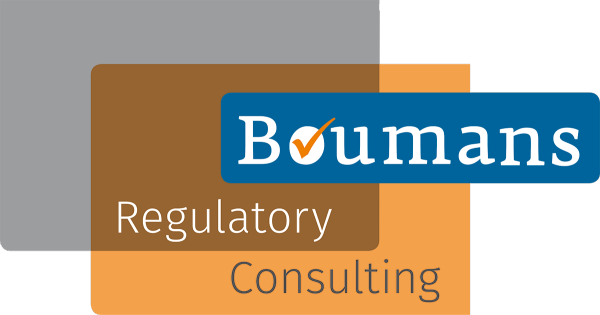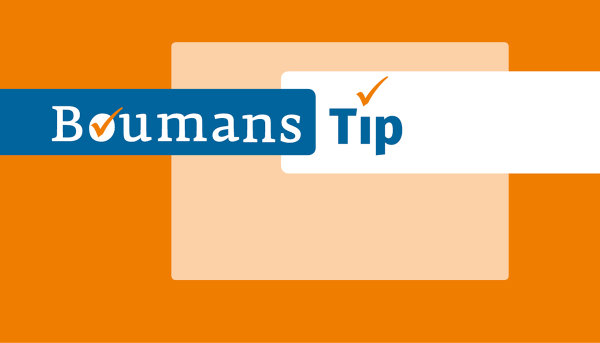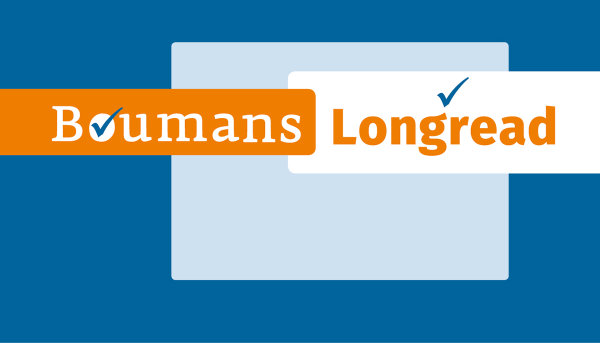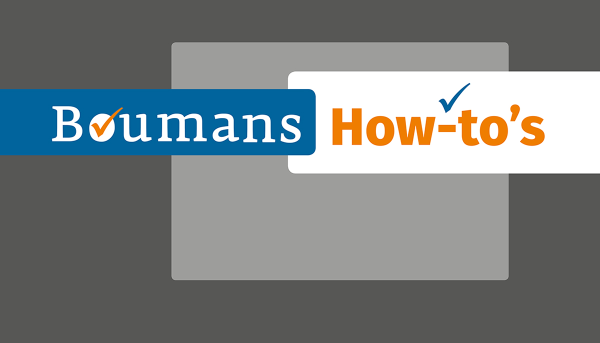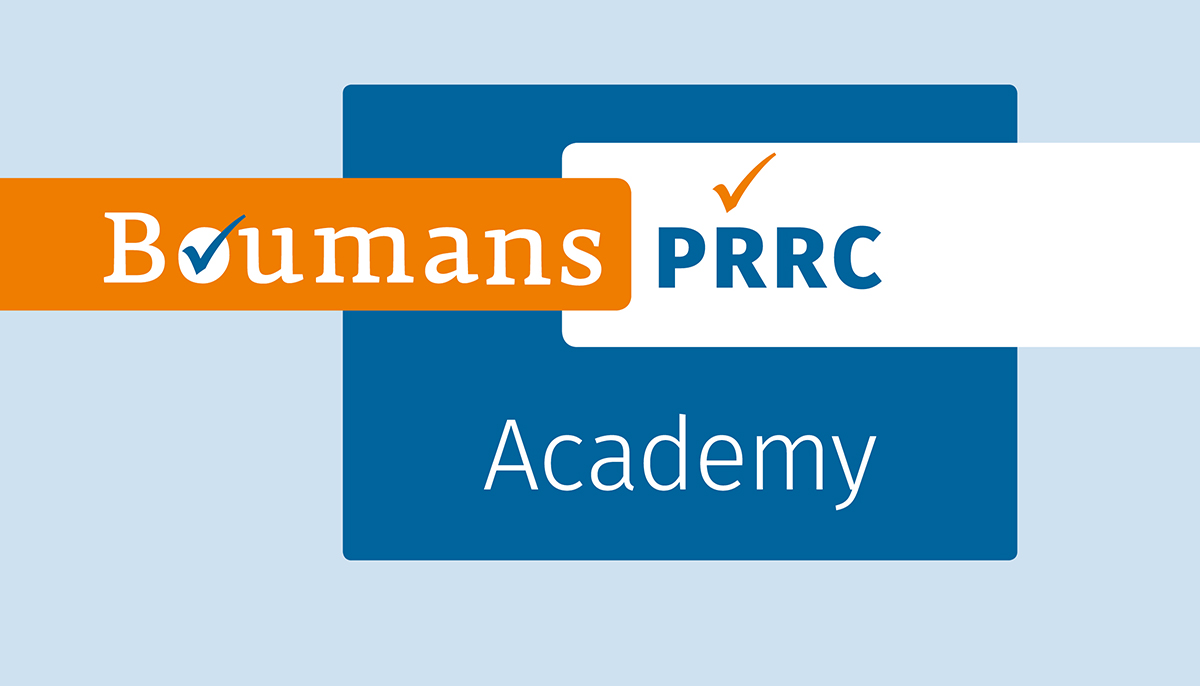IVD’s moving between EU and Switzerland or vice versa
On 26 May of this year the In-Vitro Diagnostic Medical Devices Regulation (EU) 2017/746 (IVDR) will become applicable. From that date the status of devices involved will change, although they remain physically identical. That means for example that IVD’s can no longer move on the Single Market, unless something changes in the certification status or in the way the economic operators are involved.
Over the coming years we will see more of these deadlines, so this tip can be used in other situations as well. For all sorts of reasons companies may be faced with potential disruption of supplies.
Therefore, they may want to place extra devices on the market at risk before that deadline. This can be done at three levels of compliance and certainty to the company.
Full compliance
From a business risk perspective, this is the easiest level. A company may have indeed the certification and agreements with local economic operators in place. But in real life this is not always possible, so there is a next level.
Safe compliance risk mitigation
The company maximizes the number of devices placed on the market in full compliance with the ‘old’ rules. In order to do that, the concept of placing on the market must be well understood. The IVDR puts the role of placing devices on the market in the hands of the manufacturer or, in case of a non-EU manufacturer, the importer. From that perspective, this means that the devices must have changed ownership from manufacturer or importer to a distributor or user.
Some companies may have to become a bit creative, for example by having their importer selling their devices to a distributor, who sells them back. They may also setup a distributor who uses the same warehouse as the importer and the same trade name. But making sure that devices have entered the distribution chain or are in the hands of users is a safe way to ensure devices have been placed on the market.
Note that in this context, if a device has been supplied to a distributor who after the date of application changes into an importer, these devices have already been placed on the market.
Scraping the edge of compliance
It is possible to go even further. In the Notice to stakeholders of 13 March 2020 regarding Brexit, the European Commission set out where they think the line should be drawn. In that document a physically existing product made by a non-EU manufacturer and sold to an EU importer is placed on the market, even if that product is not yet supplied and the invoice is not paid.
This is not fully supported by other legislation or the Blue Guide (2016). It is even possible to go further. In some translations of the Blue Guide (e.g. German and French) that change of ownership is not even necessary and only offering a device for use or distribution to a (legal) person, can be considered as ‘placing on the market’.
In case this daring strategy is challenged, a company may need a very good lawyer (I know one). But that may be costly. This also means that in case of an injured patient, insurance companies may try to find a way for not having to pay compensation (I know a lawyer for that too). It is therefore recommended to use this sharp strategy only as a Plan C or Plan D; Plan A and B should be attempted first. But yes, it is an option if you have to.
